The Psychology of Shapes in Web Design: Impact on Perception
When it comes to web design, every element plays a crucial role in shaping the user’s perception and experience. One of the most overlooked yet powerful elements is the use of shapes. Shapes in web design not only add aesthetic value but also have a psychological impact on how users perceive and interact with a website. This article will explore the psychology of shapes in web design and understand their impact on user perception and behavior.
The Influence of Shapes
Shapes evoke certain emotions and associations in our minds. Different shapes can convey different messages and elicit various responses from users. For example, sharp, angular shapes can create a sense of urgency or boldness, while rounder, softer shapes can evoke comfort and relaxation.
1. Squares and Rectangles: Stability and Reliability
Squares and rectangles are widely used in web design due to their association with stability and reliability. They create a sense of order and structure, making users feel secure and in control. These shapes are commonly used for buttons, images, and layout elements.
2. Circles and Ellipses: Unity and Wholeness
Circles and ellipses are often used to convey a sense of unity and wholeness. They represent harmony and continuity, making users feel connected and engaged. Circular shapes are commonly used for logos, icons, and navigation elements.
3. Triangles: Energy and Progression
Triangles are dynamic shapes that can evoke a sense of energy and progression. Depending on their orientation, they can create a feeling of stability or movement. Triangular shapes often highlight important elements or create a sense of direction.
4. Curved Shapes: Flexibility and Creativity
Curved shapes, such as waves or swooshes, can add a touch of flexibility and creativity to a website. They often create a sense of flow and movement, making users navigate smoothly through the interface. Curved shapes are commonly seen in background elements or dividers.
5. Abstract Shapes: Uniqueness and Innovation
Abstract shapes can add a sense of uniqueness and innovation to a website. These shapes are not bound by any specific form or category, allowing designers to experiment and create a distinctive visual identity. Abstract shapes are often used in backgrounds, illustrations, and decorative elements.
Enhancing User Experience with Shapes
Understanding the psychology of shapes is essential for creating a visually appealing and user-friendly website. Here are some tips to enhance the user experience using shapes:
- Use shapes strategically to highlight important content or calls to action.
- Create a visual hierarchy by varying the size, color, and placement of shapes.
- Consider the cultural and contextual associations of shapes to ensure effective communication.
- Combine different shapes to create visual interest and add depth to the design.
- Optimize white space to balance and complement the shapes.
Summary
Shapes play a significant role in web design, influencing user perception and behavior. By understanding the psychology behind shapes, designers can create visually appealing and engaging websites that resonate with their target audience. Incorporate the right shapes strategically to enhance the user experience and guide users towards desired actions. Start experimenting with shapes in your web design and unlock the full potential to make a lasting impression on your users.
